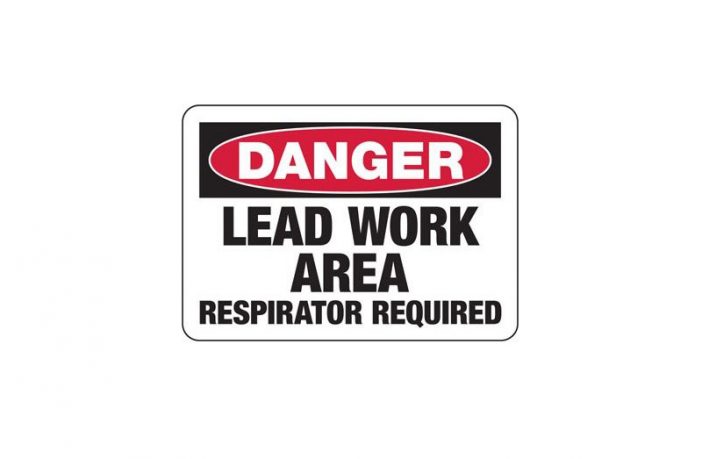- Despite being banned in a number of forms in many countries around the world, lead is still very prevalent in the South African building industry.
- Over time paint containing lead can chip, peel and release fine lead particles into the surrounding environment, including waterways.
- Overexposure can result in severe damage to the central nervous system, particularly the brain
- Workers’ lead exposure can also be passed on and harm their children’s development.
Lead is extremely toxic, virtually every organ and system in the human body can be damaged through exposure to lead. It is particularly damaging to the brain and central nervous system—profoundly so for young children and developing foetuses. Lead exposure is correlated with decreased IQ and delayed learning in children. There is no safe level of lead exposure and effects are irreversible.
Lead is a basic chemical element and the heaviest of the ‘Carbon Group’ in the periodic table. It is a malleable and dense metal that becomes lustrous when freshly cut. It tarnishes slowly in moist air to form a dull grey-blue coating. Despite being banned in a number of forms in many countries around the world, it still very prevalent in the South African building industry.
About 80% of use, both as the metal and as the dioxide, continues to be in lead-acid batteries. Lead can also be found in roof covering and lead flashing. In the past lead was also used in plumbing. It is also still commonly found is as a primer additive in paint and over time, exposure to the elements causes the paint to chip peel and release fine lead particles into the surrounding environment, including waterways. As a result, lead can be found in many fish and shell fish species humans consume.
Lead can damage the central nervous system, cardiovascular system, reproductive system, haematological system, and kidneys. Extended, long-term (chronic) overexposure can result in severe damage to the central nervous system, particularly the brain. It can also damage the blood-forming, urinary, and reproductive systems.
There is no sharp dividing line between rapidly developing acute effects of lead and chronic effects that take longer to develop. In children, eating chips of lead paint as well as inhaling lead-containing household dust are the main causes of chronic lead poisoning. In addition, workers’ lead exposure can also be passed on and harm their children’s development.
Author: Bryan Groenendaal















